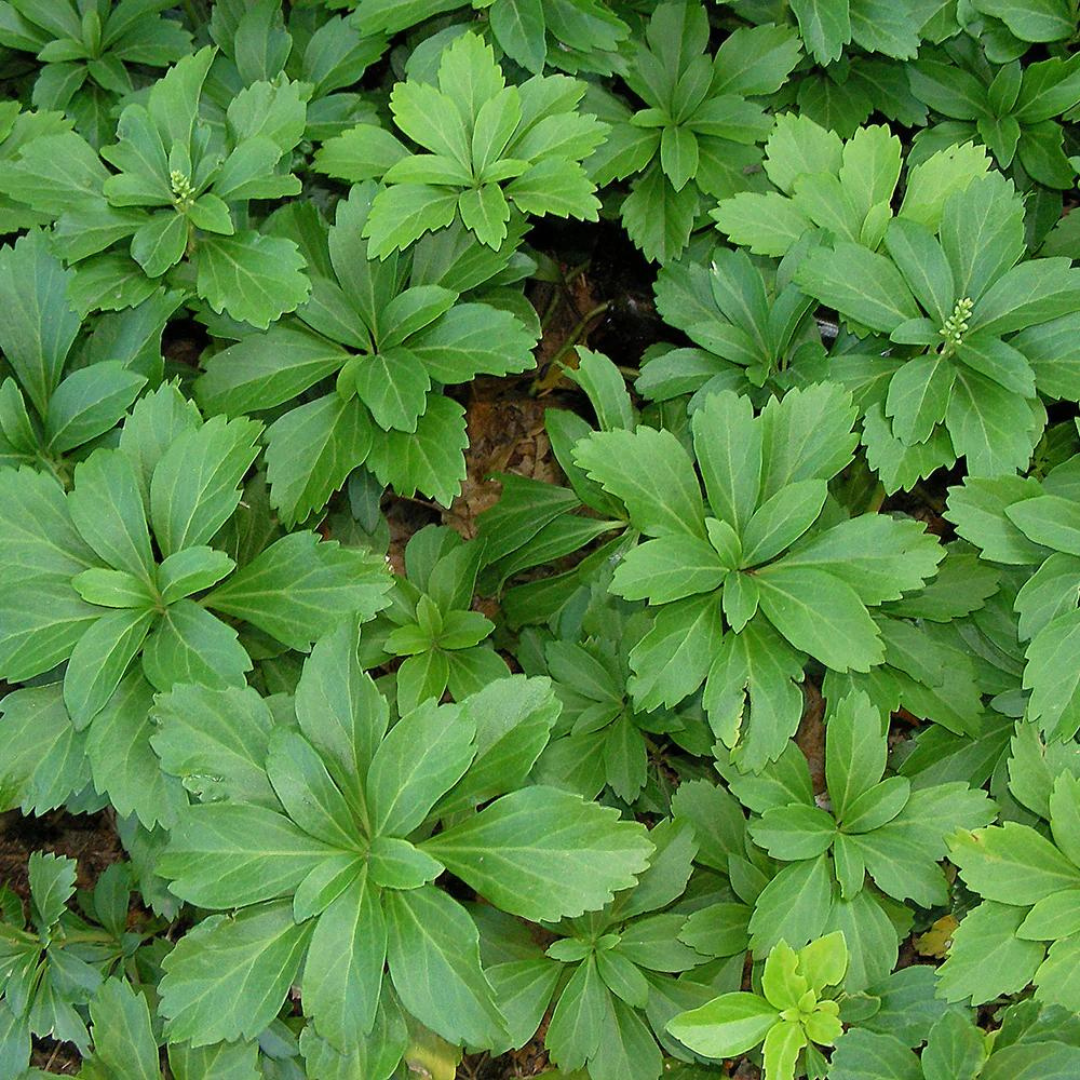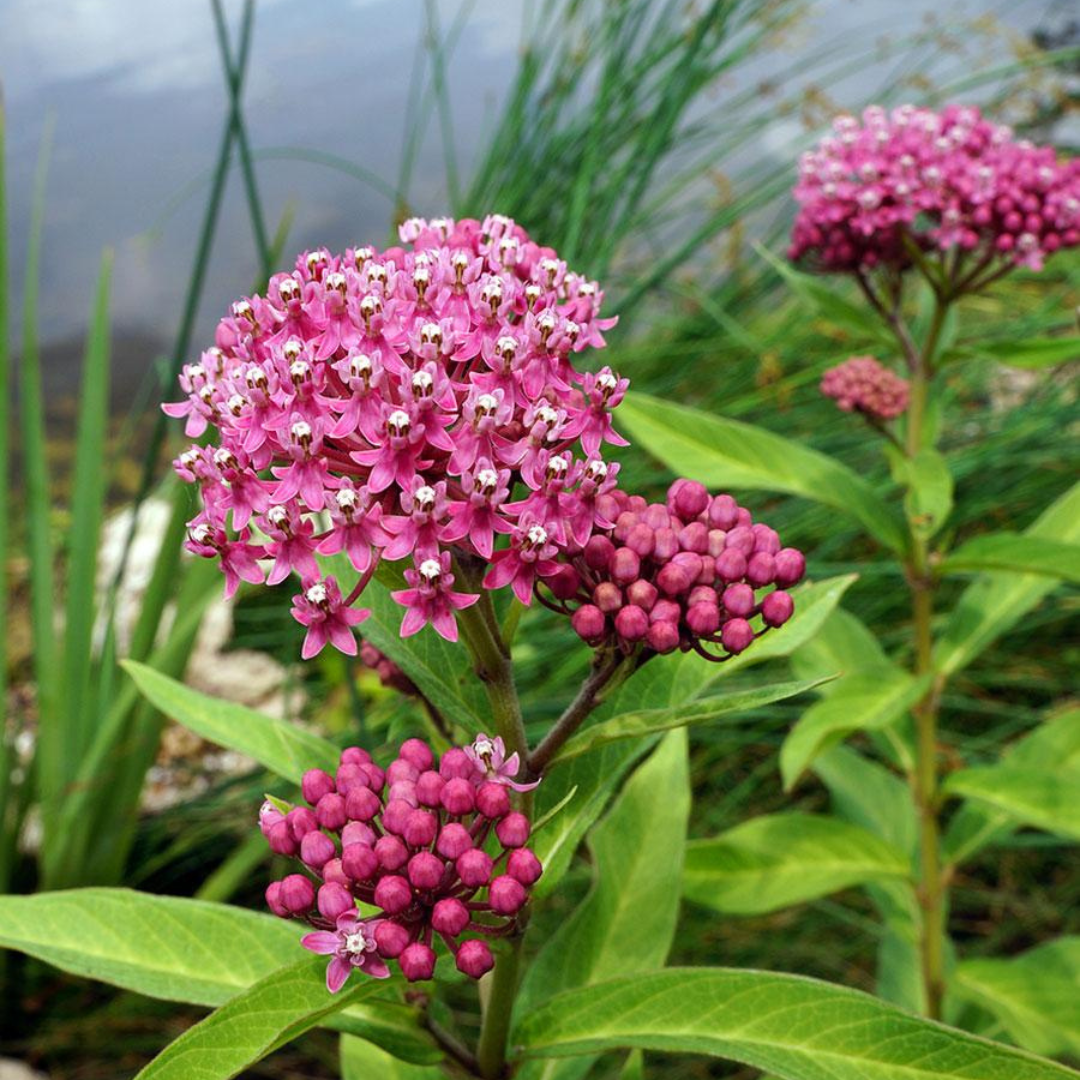
Symphyotrichum novae-angliae
Add to Wishlist Full Sun
Full Sun
 Partial Sun
Partial Sun
 Pollinator Friendly
Pollinator Friendly
 Native
Native
 Low Maintenance
Low Maintenance
- In stock, ready to ship
- Backordered, shipping soon
Aster novae-angliae: Bold Colour for Autumn Skies
Towering and vibrant, Aster novae-angliae, or New England aster, bursts into bloom in early fall with clouds of bright violet-purple daisies that light up the late-season border. Its strong, upright stems are lined with dense foliage and topped by masses of nectar-rich flowers, providing a vital food source for migrating monarchs and native pollinators. This native perennial brings bold vertical presence and a surge of colour just as summer perennials begin to fade.
Plant Characteristics:
- Height: 120–180 cm
- Spread: 60–90 cm, forming a tall, bushy clump
- Flower Colour: Violet-purple with golden centres
- Flowering Period: Early to mid-fall
- Foliage: Lance-shaped, dark green leaves; coarse and densely arranged
- Sunlight Requirements: Full sun
- Soil Requirements: Average to moist, well-drained soil; tolerates clay
Uses and Benefits: Aster novae-angliae brings late-season drama and ecological value to pollinator gardens, meadows, and naturalistic borders. Its tall habit makes it perfect for the back of a border or as a seasonal screen, while its abundant blooms attract bees, butterflies, and other beneficial insects in abundance. It also pairs beautifully with ornamental grasses and fall-blooming companions for a dynamic and colourful display.
Companion Plants: Pair with the soft mauve plumes of Eupatorium 'Gateway', the fine gold-banded foliage of Miscanthus 'Little Zebra', and the golden daisies of Rudbeckia 'Goldsturm' for a showy, prairie-inspired combination that’s rich in texture, colour, and pollinator appeal.
Care Instructions: Grow in full sun with average to moist soil. Water regularly in dry spells, especially during establishment. Cut back in late fall or leave standing for winter interest and habitat. Pinch stems in early summer to reduce height and encourage branching if desired. Divide every few years in spring to maintain vigour.
History: Native to eastern North America, Aster novae-angliae (often reclassified as Symphyotrichum novae-angliae) is one of the most widely recognized and ecologically important asters. Valued for its height, durability, and pollinator support, it remains a staple in both restoration projects and ornamental plantings.
Final Thoughts: With its electric blooms and commanding form, Aster novae-angliae brings the energy of autumn to life—standing tall as both a garden highlight and a vital piece of the late-season pollinator puzzle.






